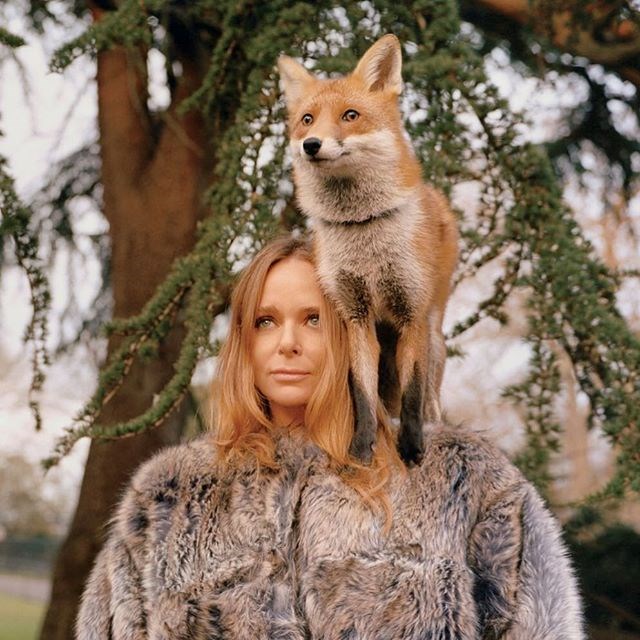One of the most frequent question I’m asked is how exactly my experience in the area of psychology intersects with fashion. The answer to that question lies within why I do what I do. One central theme has always prevailed throughout my life: I’ve always wondered why people do what they do? What drives behaviour and how did we all get to where we are? For eight years, I dedicated my time learning about our most primal need to connect through relationships. The scenarios were often complex and social scientists do their best at attempting to detect patterns that can help us predict behaviour. I found that what we include in our overall sense of self is more than just relationships in a traditional sense but rather our relationship with the world and how it all stems back to the question of “why” which is our central driving force. It’s apparent that our environment such as learned societal values and expectations help build our belief system and drive behaviour. While some may think fashion has little to do anything of real sustenance or value, I would argue that it is a direct reflection of our values system in the world.
To put some numbers behind it, more than $250 billion is spent annually on fashion. The global apparel market is valued at approximately $3 trillion with the womenswear industry valued at $621 billion. So why are we spending all that money on clothes and how does it ultimately impact our life? If we start from our most primal need for connection, the way we want others to perceive us is directly linked to how we present ourselves. Biology plays a large part when it comes to attraction with increased levels of dopamine in our brain that drives focused attention. Initial attraction operates on a non-verbal platform based on our first impression of a person which is often visual. We base our assumptions (or best guess) of what someone is all about based on how they dress. In fact, groups within society form and use clothes as a symbol of unity, conformity, belonging and most importantly a barometer for influence. When the Birkin was introduced into the market, it wasn’t just about the material construction of the bag that drove sales, it was the affiliation of prestige and exclusivity that came with it. Remember the classic scene in the movie Pretty Woman when the sales associate refused to assist her because of how she dressed? We make quick assumptions about what people are about everyday and how we dress takes centre stage. Our sense of identity is also tied into how we dress. On any given day, most people take on many roles such as mom, friend, your work self, etc. and most of us will dress according to what societal norms have deemed acceptable for each role.
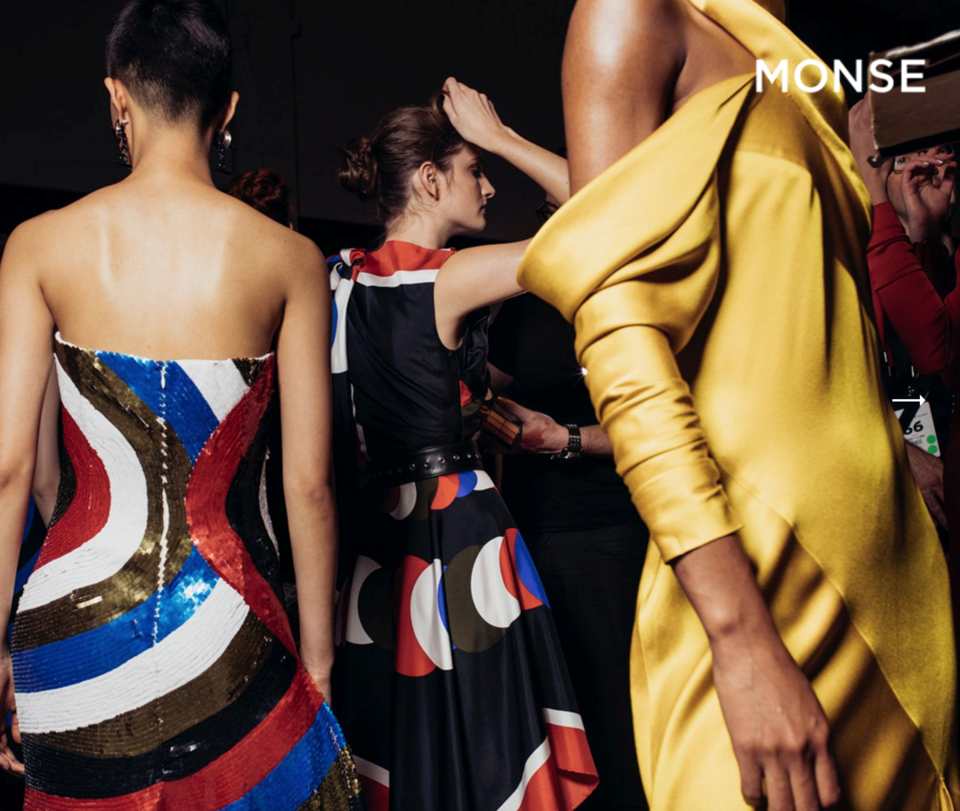
In 2012, New York Magazine published an article on what 13 people wore to their interview with Anna Wintour who is the editor of Vogue. Those who landed the job dressed most closely aligned to the aesthetics of Vogue during their interview. We tend to approach and surround ourselves to those similar to us and fashion is a key player in that. With the advent of internet dating and social media apps, how we dress and look is front and centre when it comes to our decision to swipe left or right. In more recent years, fashion bloggers and influencers have monopolize on earnings based on what they wear. The youngest member of the Kardashian/Jenner sisters, Kylie Jenner grossed over $18 million on her lip kit cosmetic collection. Even though most of us are aware that we’re not going to look like Kylie Jenner just by using her lipstick, our brain associates beauty with that product. This type of erroneous association is prevalent in our everyday interpretation of meaning through visual cues and the central force in marketing products.
Yes, it seems a little shallow to judge someone’s personality or even skills and abilities based on how they look and dress but just because we don’t like the idea of it doesn’t mean it isn’t so. The truth is, our brains are wired to take in visual cues to assess on a very primal level to approach or flee. At the end of the day, we simply won’t have time to get to know each person we pass on the street or see. Heuristics serve a valuable purpose but can also lead us astray at times. Fashion has progressed based on societal changes in values and the climate of what is happening. Coco Chanel’s first collection was conceived based on women re-entering the workforce and garments designed to meet that need. We now have an eclectic group of designers showcasing different point of views. From a consumer standpoint, the options are vast.
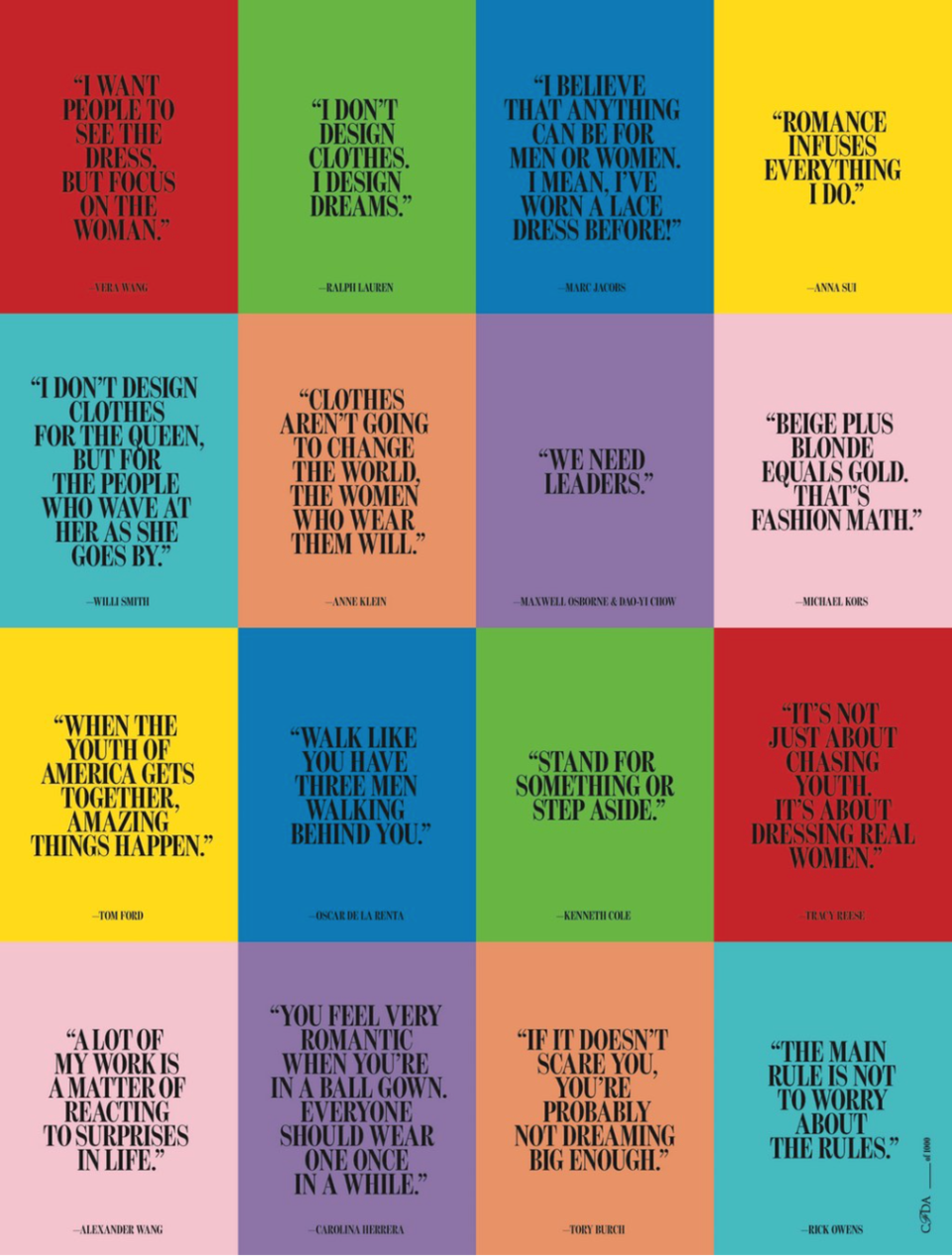
A second common question I’m asked as a style writer is what's on trend this season. In this case, the question why I curate the way the way I do is more important. Leadership expert and author Simon Sinek believe that people don’t buy what you have but rather what you believe in. This is especially true for me. Designers like Stella McCartney and Oscar de la Renta are inspiring in different ways. Stella McCartney has brought awareness to animal rights and merged her values into the products she creates. Oscar de la Renta’s appeal on the other hand is through his artistry of continuously modernizing the classic with today’s woman in mind. I choose to feature organic beauty products because I believe in being environmentally conscious and we now have a product market that will support that need. Retailers such as H&M have integrated social awareness into their values with a separate conscious line, a credit for used clothing program aimed at recycling used garment and a fund for innovation aimed at sustainable manufacturing of clothing.
Most complex issues lead to polarization and fashion does just that. Fashion has less to do with vanity; rather, it serves as a barometer for the societal climate and values we’re immersed in. It’s creativity, utility and expression rolled into a single construct. Ultimately, the story behind each collection that comes down the runway allows me curate with intent. It is through story telling that connects us to history and help pave the way for the future and yet it is often the most commonly overlook element in fashion and how we conceptualize our lives around it. Curating your own look has an element of how you see yourself and what you want to convey to the world. These five designers continue to push the status quo on many levels from construction/design to social change.
Monse (Designers: Laura Kim and Fernando Garcia)
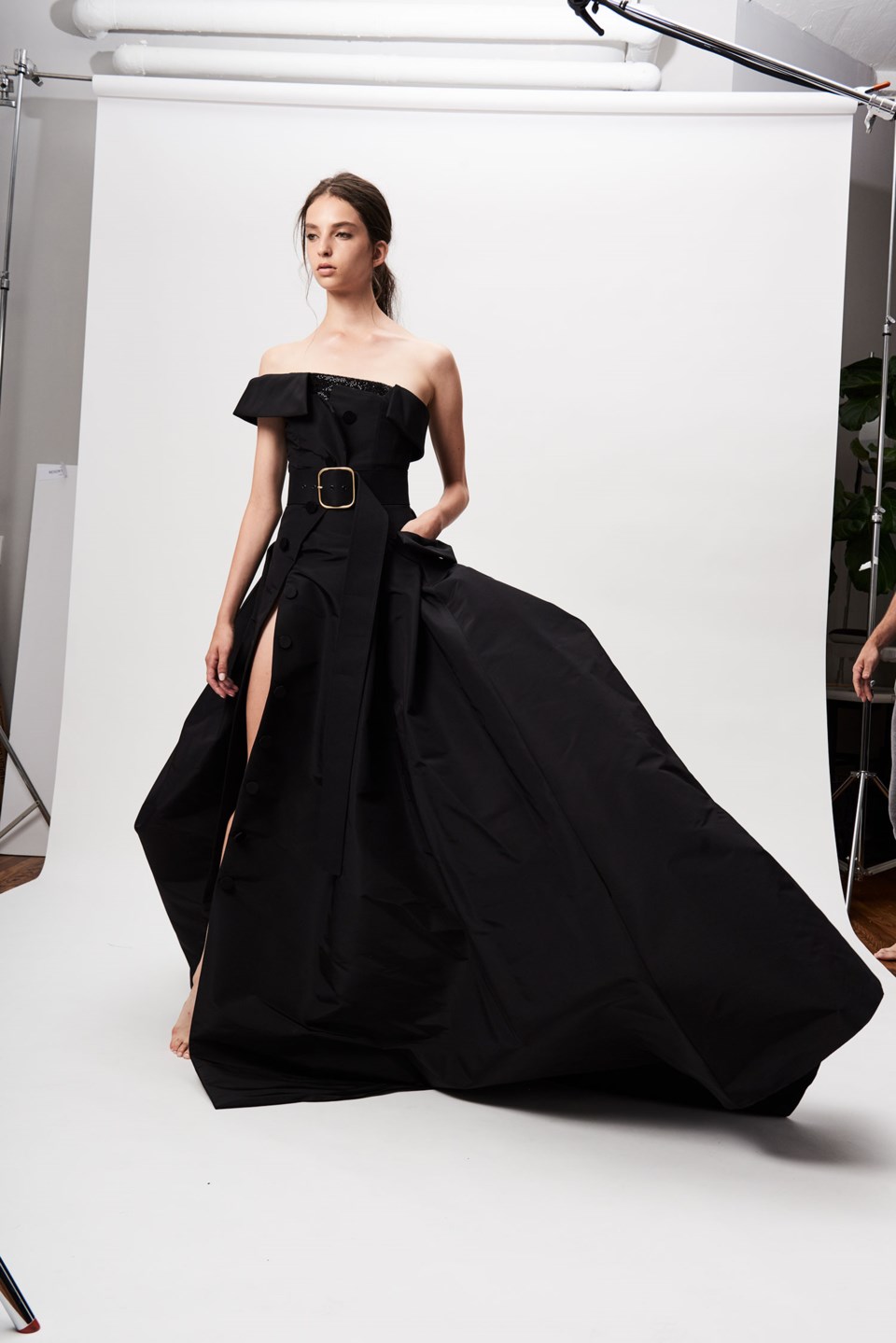
Above: Monse Resort 2017
Burgeoning brand Monse is a current favourite of mine. Designers Laura Kim and Fernando Garcia who started their career working alongside Oscar de la Renta established Monse in 2016. Their pieces are effortless and offers a sense of understated luxury. Stylistically, the designers have an eye for ease is like no other. The modern woman is redefined in Kim and Garcia’s collection.
Learn more about Monse (Harpers Bazaar)-June 2016
Calvin Klein (Designer: Raf Simons)
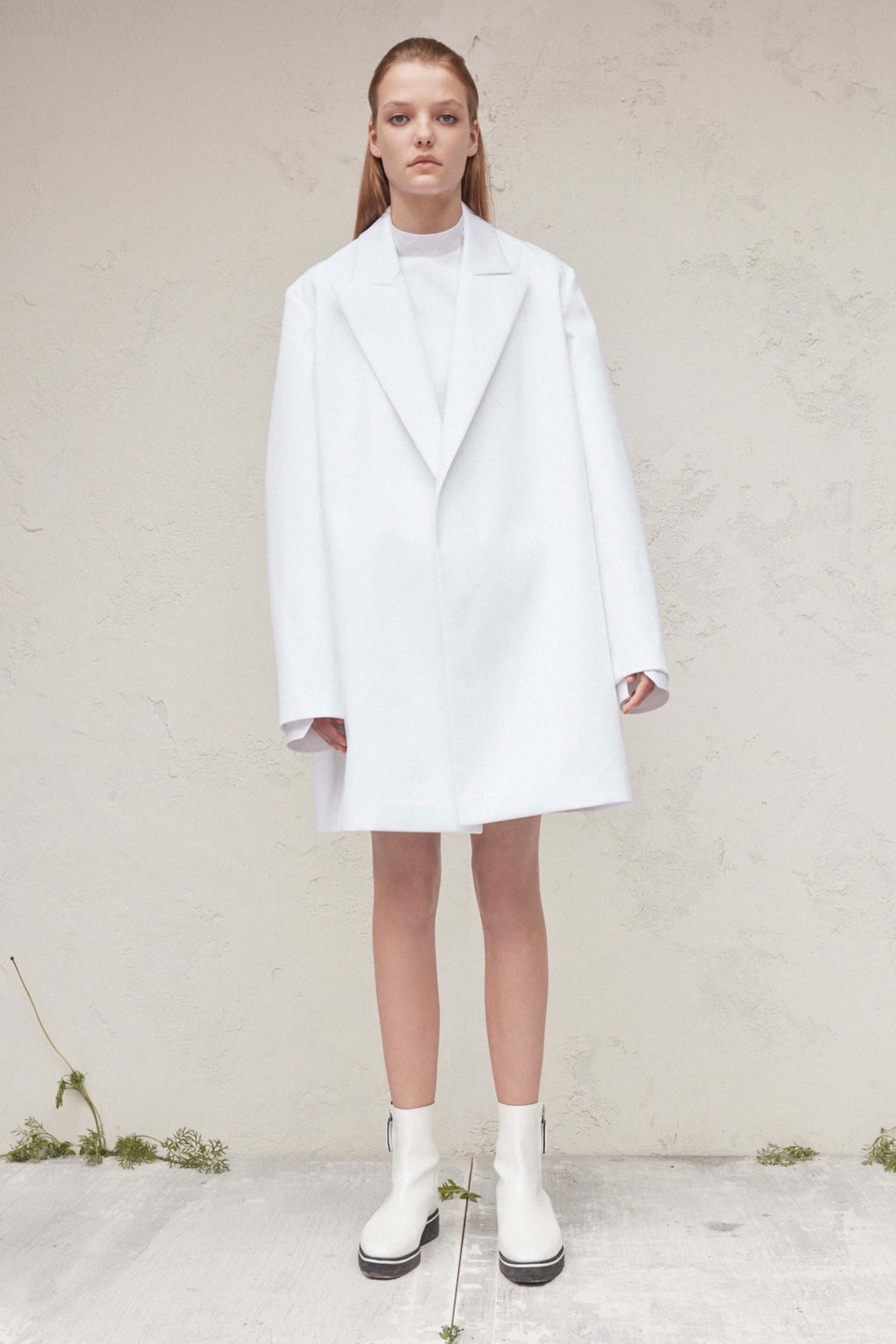
Above: Calvin Klein Resort 2017
Perhaps one of the most talented minimalist designer, Raf Simons brings his experience working at distinguished fashion houses such as Dior and Jil Sander. Minimalist designs thrive on creativity to make the garment stand out. Simons is at the top of his game and offers new perspectives in fashion that proves simple doesn’t always have to mean boring.
Haus Alkire (Designers: Julie Alkire and Jason Alkire)
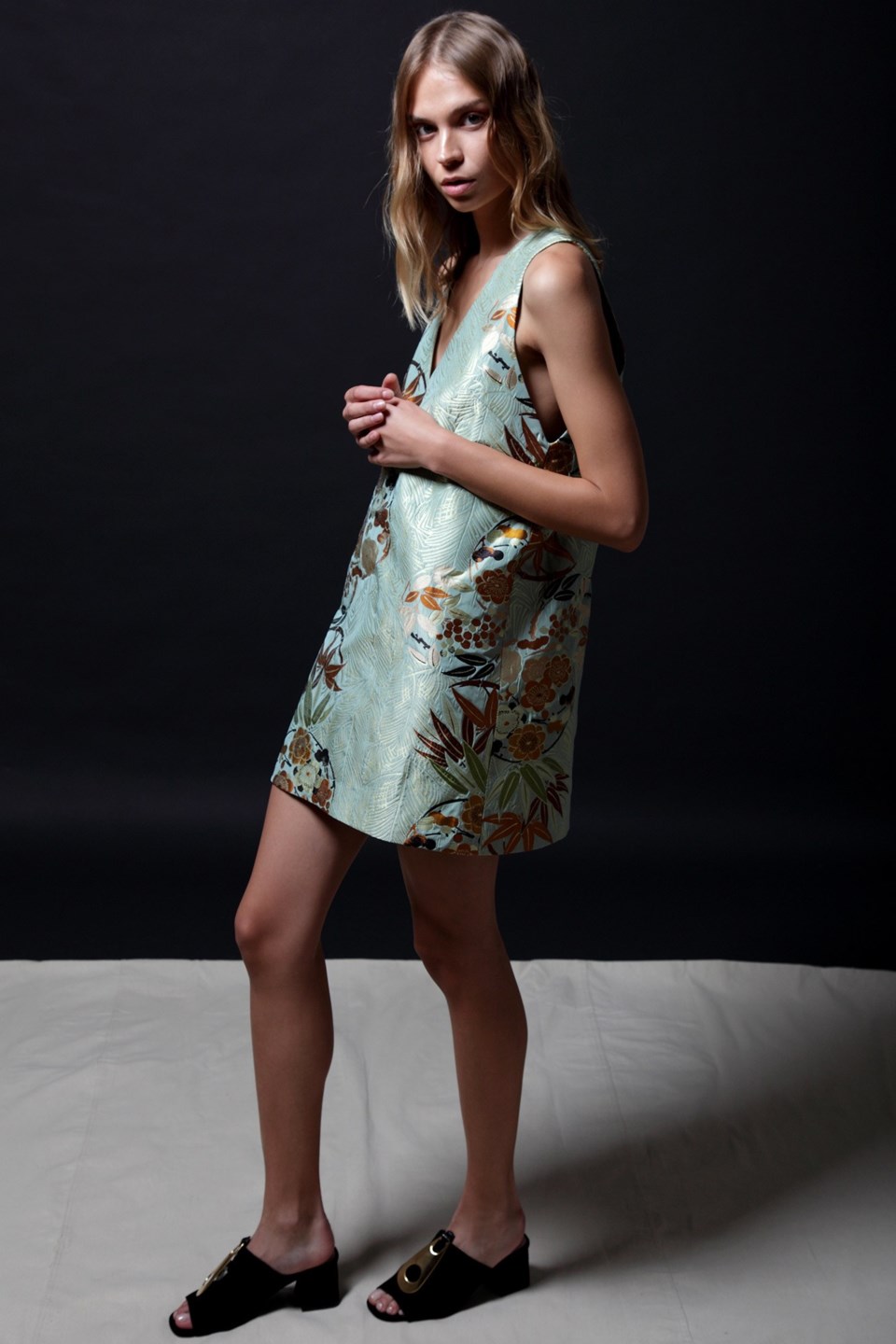
Above: Haus Alkire Ready-To-Wear 2017
Lead by emerging designers/husband and wife team Jason and Julie Alkire, the duo were selected as CFDA’s fashion incubator program to foster new talent headed by some of New York most influential figures such as Editor-in-chief of Vogue, Anna Wintour and designer Diane Von Furstenburg who sits on the board of committee. Jason Alkire monopolizes his experience in graphic design with elements such as a dual layer print for their Spring 2017 collection. The collection is wearable with a hint of subtle femininity.
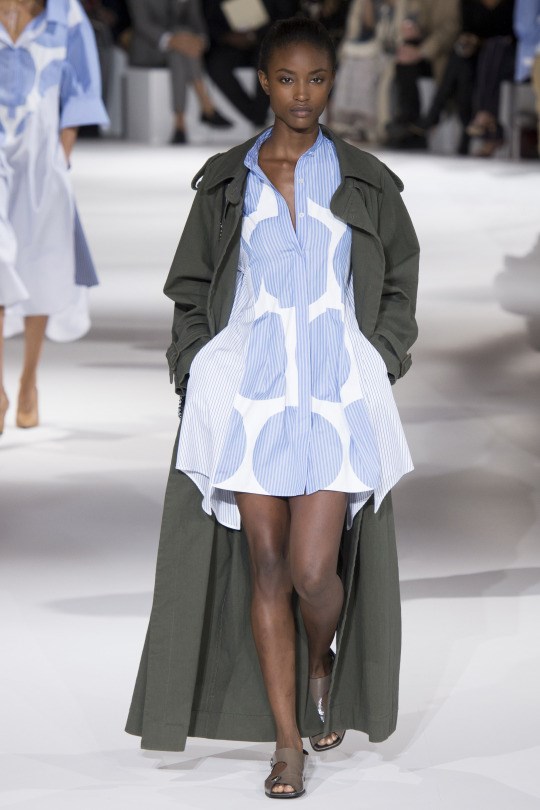
Above: Stella McCartney Ready-To-Wear Spring/Summer 2017
There are those who push for change in the world and designer Stella McCartney is just that force by integrating cruelty free values into the design of her collections.
“But we now have more iconic bags and shoes than many leather houses. The main thing is to create a beautiful, desirable bag that doesn’t compromise style but is for the conscious consumer. I have for sure lost money because of it. But money is not what drives me.” -Stella McCartney as quoted in Vogue March 2017.
Oscar de la Renta (Designers: Laura Kim and Fernando Garcia)
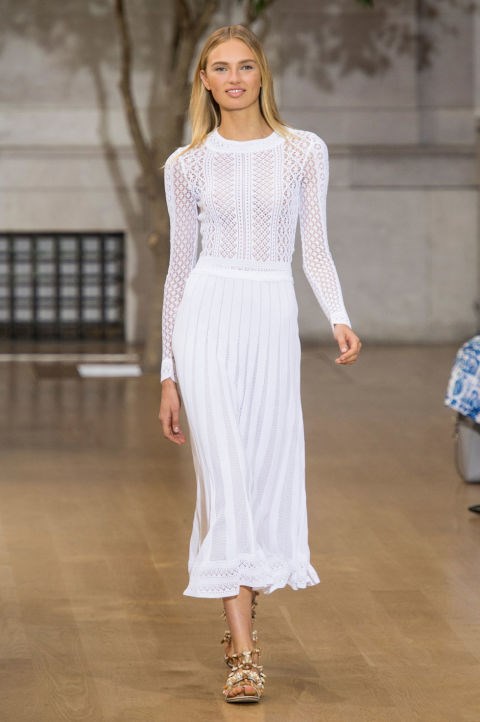
Above: Oscar de la Renta Spring/Summer 2017
The central thread connecting all of Oscar de la Renta’s collections through the years is inspiring. The Oscar de la Renta woman is strong, elegant and present. His vision and message behind his collection has been a consistent force within the fashion community proven by the success and longevity of the brand.
Amy Yew is a contributing columnist at Vancouver Courier and a fashion and style writer. She is also the author of a blog Style du Jour. Tell us what you think and submit any questions you have to amyvancouvercourier@gmail.com.
